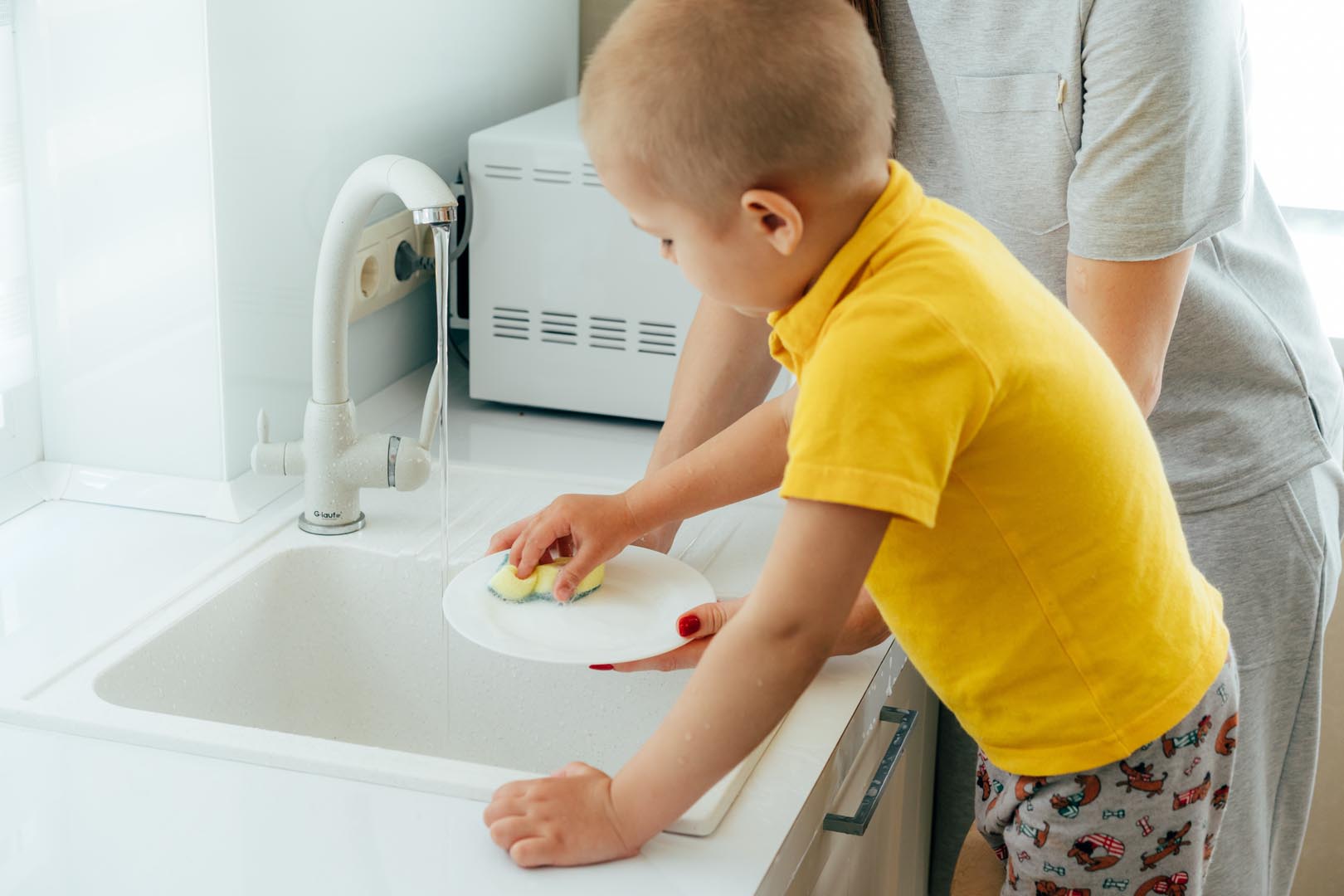ABA Training at Home
ABA Training at home is a service that agencies increasingly provide every year. Applied Behavior Analysis (ABA) is a highly recommended approach for children diagnosed with Autism Spectrum Disorder (ASD). Moreover, it is the most widely used and preferred intervention by parents, providers, and therapists, with proven effectiveness. It is worth noting that the National Institutes of Health, the Association for Science in Autism Treatment, and the Surgeon General of the United States all endorse ABA.
ABA therapy offers a comprehensive framework of interventions that effectively address various behavioral problems encountered by children with ASD. Through the use of positive reinforcements, it facilitates the development of language, social, and everyday living skills. With consistent implementation of ABA over time, significant improvements can be observed in the child’s social behaviors and a reduction in behavior disorders.
Parents, family members, and other care providers have the opportunity to apply Applied Behavior Analysis techniques within the home setting. There are numerous products available, such as Special Learning’s ABA Learning Kits – that provide practical tools for implementing ABA principles during engaging activities with the child. Extensive research emphasizes the importance of early intervention for children with ASD, as it maximizes the likelihood of positive outcomes. Consequently, parents, as the child’s primary educators, play a pivotal role in their development. Therefore, it is crucial for parents to acquire accurate and effective skills in implementing ABA therapy.
Here are several of the proven teaching tools that are used in ABA treatments: (Pear, 2003)
Discrete Trial Training
This technique focuses on teaching desired behavior by delivering clear instructions or prompts and promptly reinforcing correct responses with rewards that align with the child’s interests. Additionally, a gentle yet firm prompt is utilized to signal unsuccessful attempts.
Pivotal Response Training
Pivotal Response Training targets pivotal skills, which form the foundational elements of other skill sets. The primary objective is to enable the child to generalize the concepts learned in ABA therapy to everyday life situations.
Incidental Teaching
Similar to Discrete Trial Training, Incidental Teaching employs comparable techniques. However, it distinguishes itself by applying them incidentally during the child’s daily routine. This approach facilitates learning of multiple behaviors and concepts within a single session, rather than focusing on a singular aspect
Fluency Building
Fluency Building involves guiding the child in developing complex behaviors by teaching each constituent element of the task until it becomes automatic. Standard ABA techniques, including behavioral observation, reinforcement, and prompting, are utilized. By breaking down the task into manageable subcomponents and mastering each element, the child learns to integrate them seamlessly to achieve a complete behavior.
Children diagnosed with Autism Spectrum Disorder can receive high-quality treatment within the comfort of their own homes, with the guidance and support of their parents, family members, and care providers. By employing the time-tested and proven techniques of Applied Behavior Analysis therapy, positive outcomes can be achieved, fostering the child’s overall development.
References:
Martin & Pear (2003). Behavior Modification: What is it and how to do it? (7th Ed.). Upper Saddle River, NJ: Pearson Education.
Copyright © by Special Learning Inc. All right reserved.
No part of this article may be reproduced in any manner whatsoever without written permission except in the case of brief quotations embodied in critical articles and reviews. For information, contact Special Learning Inc., at: contact@special-learning.com





